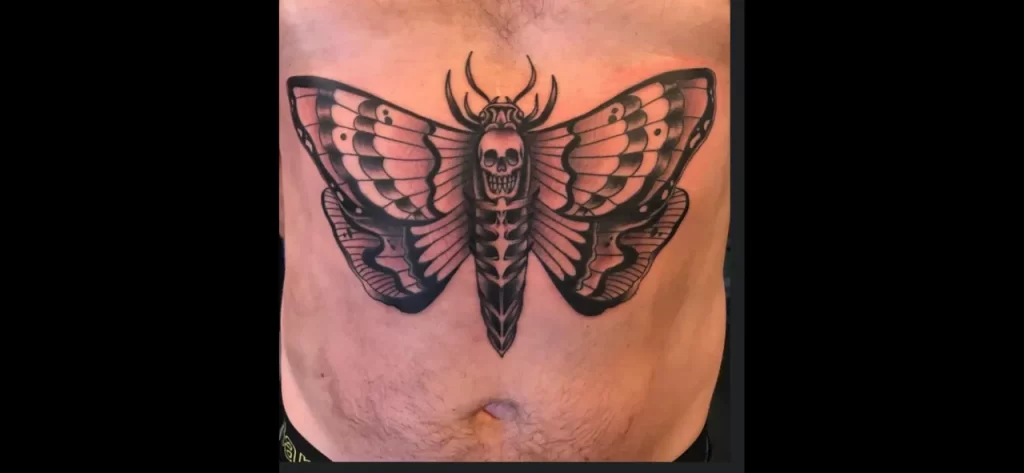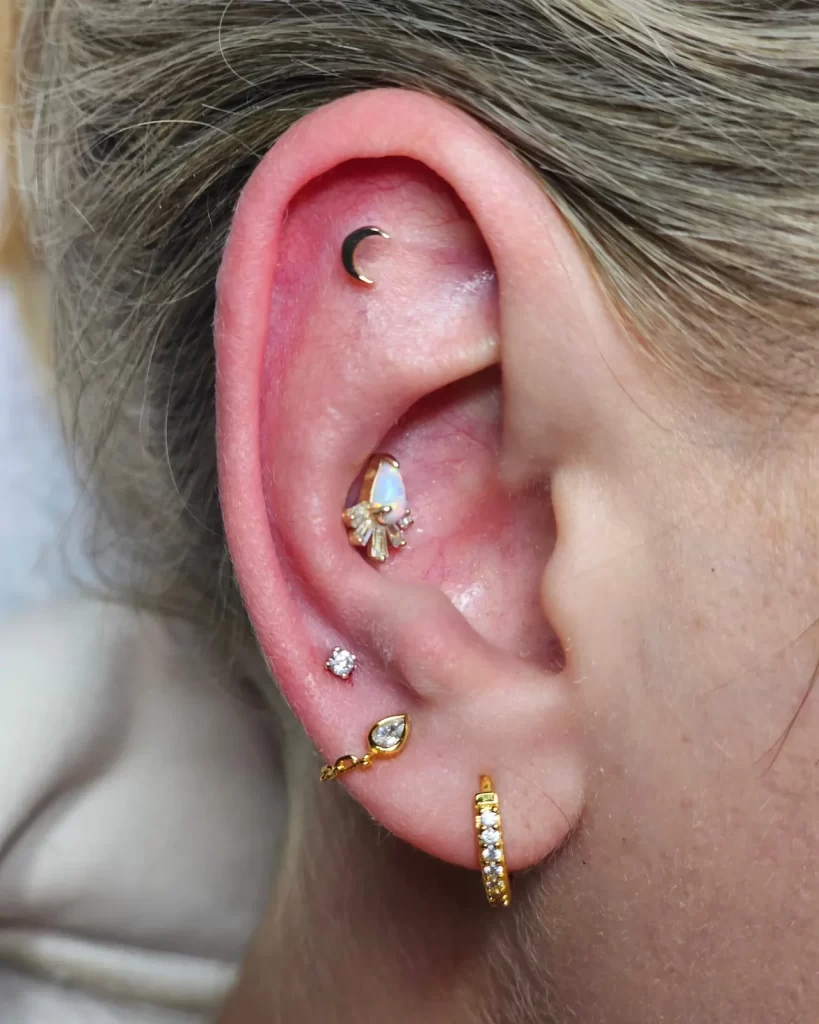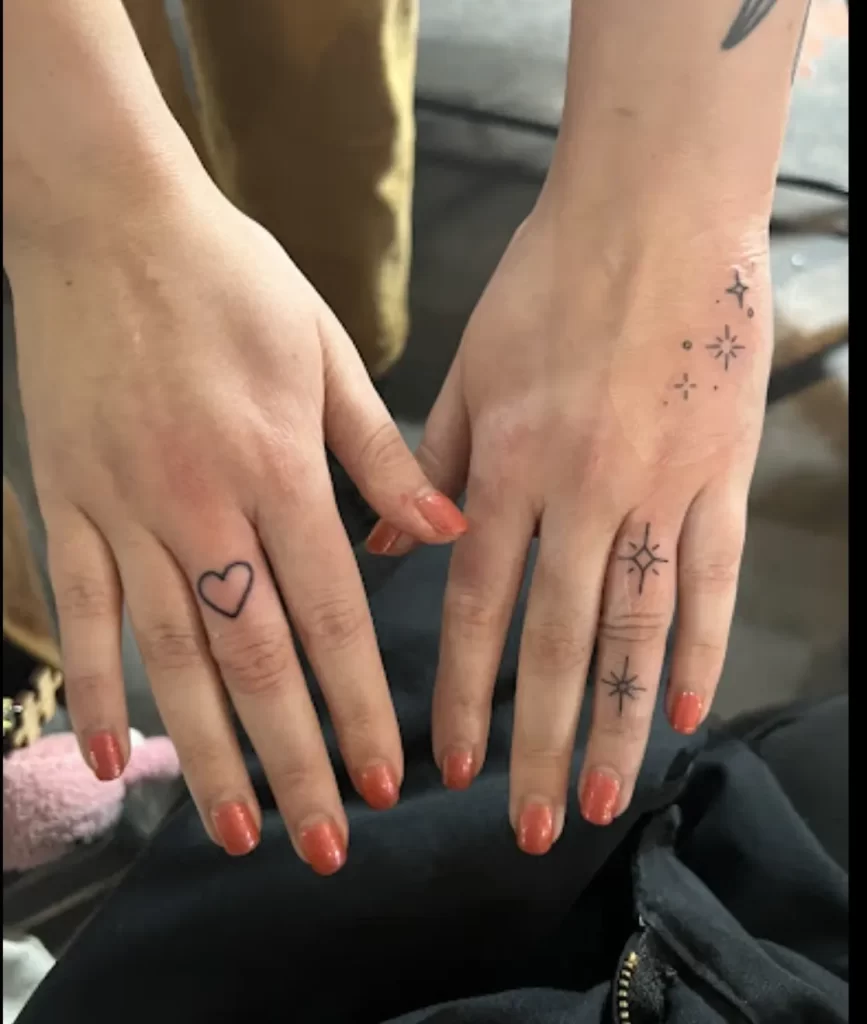American traditional tattoos have a deep and fascinating history that spans back over a century. From sailors and soldiers to bikers and punks, American traditional tattoos have become an iconic symbol of rebellion and individuality. In this blog post, we will explore the origins and evolution of American traditional tattoos, the symbolism behind the designs, and the artists who have shaped the art form.
Origins of American Traditional Tattoos
The origins of American traditional tattoos can be traced back to the late 19th and early 20th centuries, when tattooing was becoming more popular among sailors and soldiers. These men would often get tattoos to mark their travels and adventures, as well as to show their loyalty to their country and military unit. Tattoos were also used to signify rank and status, with officers often having more elaborate tattoos than enlisted men.
One of the most influential figures in the development of American traditional tattoos was Norman “Sailor Jerry” Collins. Collins was a tattoo artist who worked in Hawaii during World War II and is credited with creating many of the classic designs that are still popular today. His style featured bold outlines, bright colors, and classic designs such as pin-up girls, mermaids, and patriotic symbols.
Another important figure in the history of American traditional tattoos was Ed Hardy. Hardy was a tattoo artist who worked in San Francisco during the 1960s and 1970s and is known for his intricate designs and use of Japanese-inspired motifs. Hardy’s style was a departure from the traditional American style, incorporating elements from other cultures and art forms.
Symbolism of American Traditional Tattoos
American traditional tattoos are known for their bold lines, bright colors, and classic designs. These designs often incorporate symbolism that reflects the wearer’s personality, beliefs, or experiences. Some of the most popular designs include anchors, swallows, daggers, skulls, and roses.
Anchors are a common design in American traditional tattoos and are often used to symbolize stability and strength. Swallows are another popular design and are often used to signify loyalty and devotion. Daggers are often used to represent courage and self-defense, while skulls can represent death and mortality. Roses are a popular design for both men and women and are often used to symbolize love and beauty.
In addition to these classic designs, American traditional tattoos often incorporate elements of pop culture and Americana. Popular designs include images of pin-up girls, American flags, eagles, and motorcycles. These designs are often used to show pride in one’s country or subculture.
Artists who shaped American Traditional Tattoos
There have been many influential tattoo artists who have shaped the art form of American traditional tattoos. Norman “Sailor Jerry” Collins is perhaps the most famous of these artists, having created many of the classic designs that are still popular today. Collins was known for his bold lines and use of bright colors, as well as his attention to detail and craftsmanship.
Ed Hardy is another important figure in the history of American traditional tattoos. Hardy’s use of Japanese-inspired motifs and intricate designs helped to push the art form in new directions, incorporating elements of other cultures and art forms. Hardy’s designs have been influential not only in the world of tattoos but also in fashion and art.
Other notable San Diego tattoo artists who have helped to shape American traditional tattoos include Lyle Tuttle, Bert Grimm, and Don Ed Hardy. These artists all brought their own unique styles and techniques to the art form, helping to create a rich and diverse tradition that continues to evolve to this day.
Conclusion
American traditional tattoos in San Diego has rich history dating back to the 1930’s. American traditional tattoos have a long and fascinating history that reflects the evolving tastes and attitudes of American culture. From sailors and soldiers to bikers and punks, traditional tattoos have become a symbol of rebellion, individuality, and pride in one’s country or subculture. The classic designs and motifs of American traditional tattoos continue to be popular today, but the art form is also constantly evolving and changing, reflecting the creativity and innovation of the artists who practice it. Whether you’re a tattoo enthusiast or just interested in the history of American culture, traditional tattoos offer a fascinating glimpse into the rich and diverse cultural heritage of the United States.






